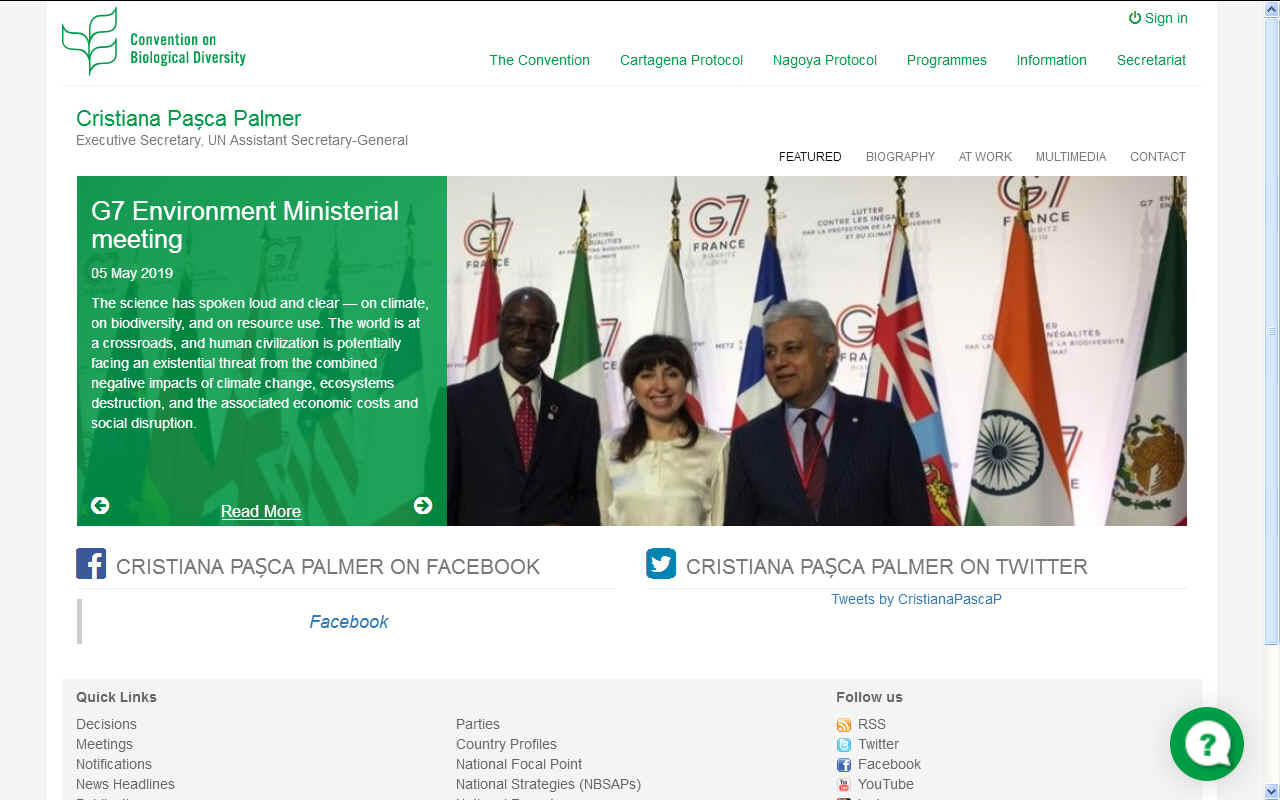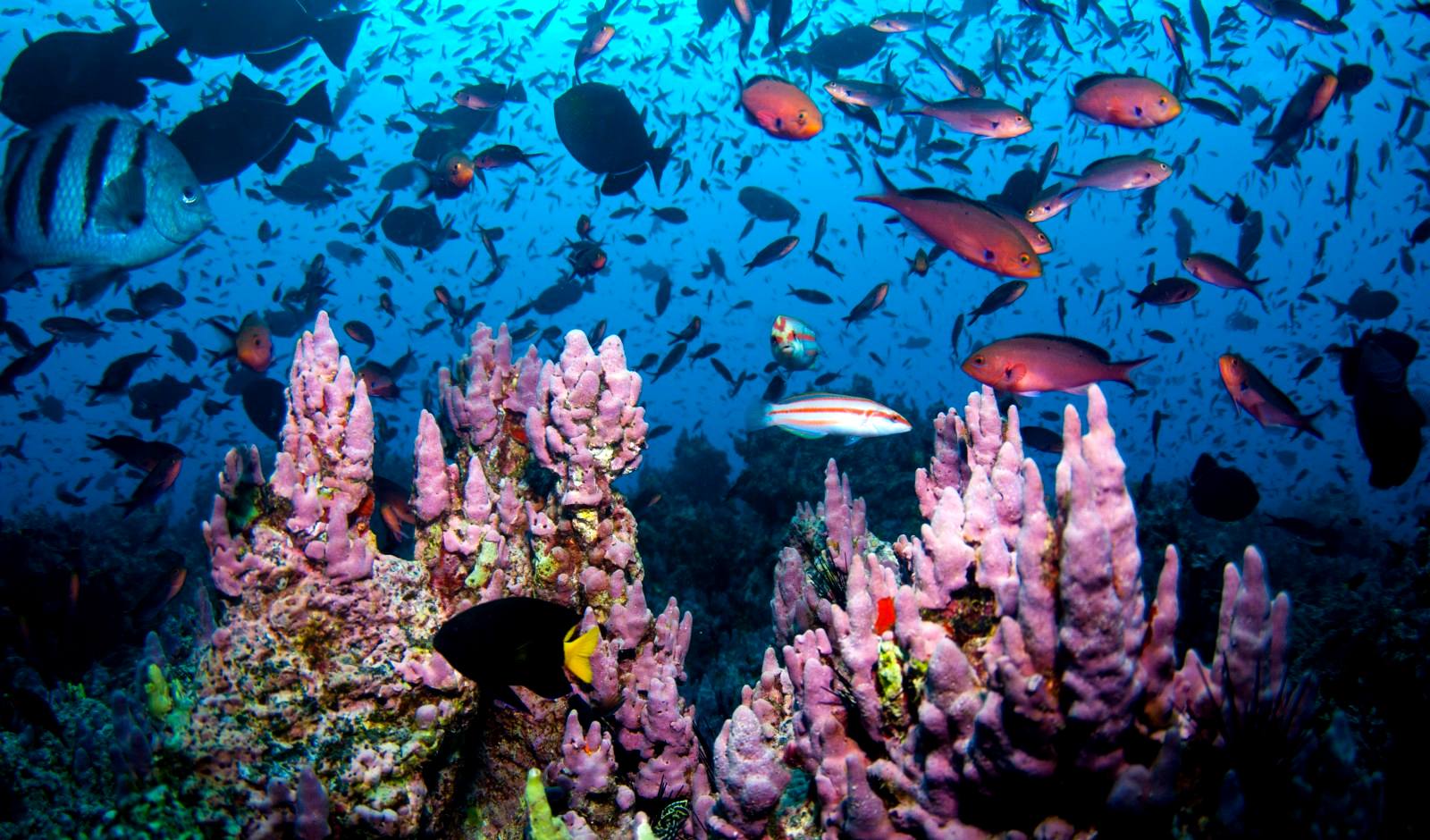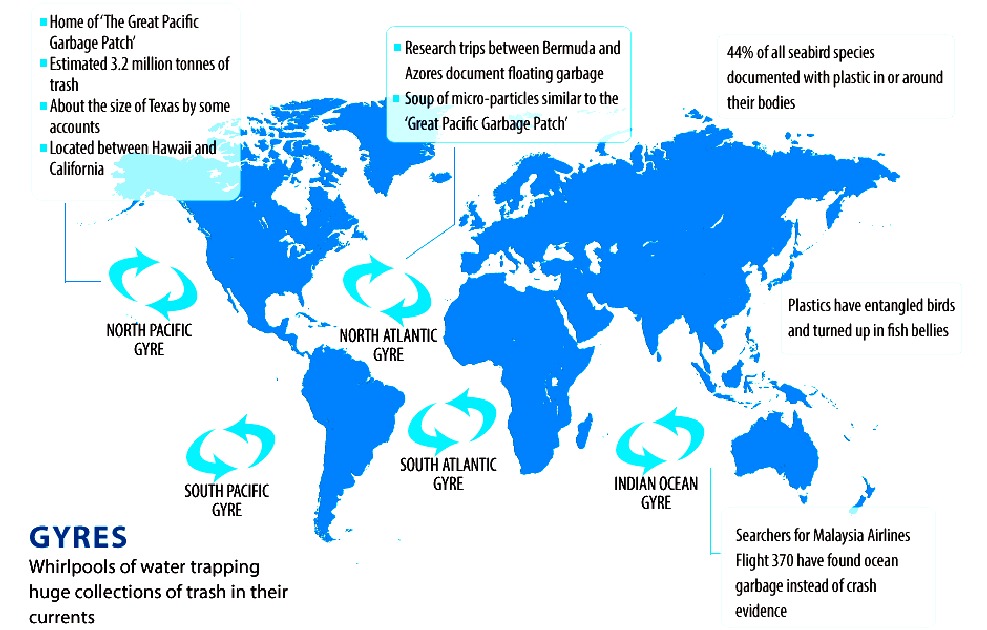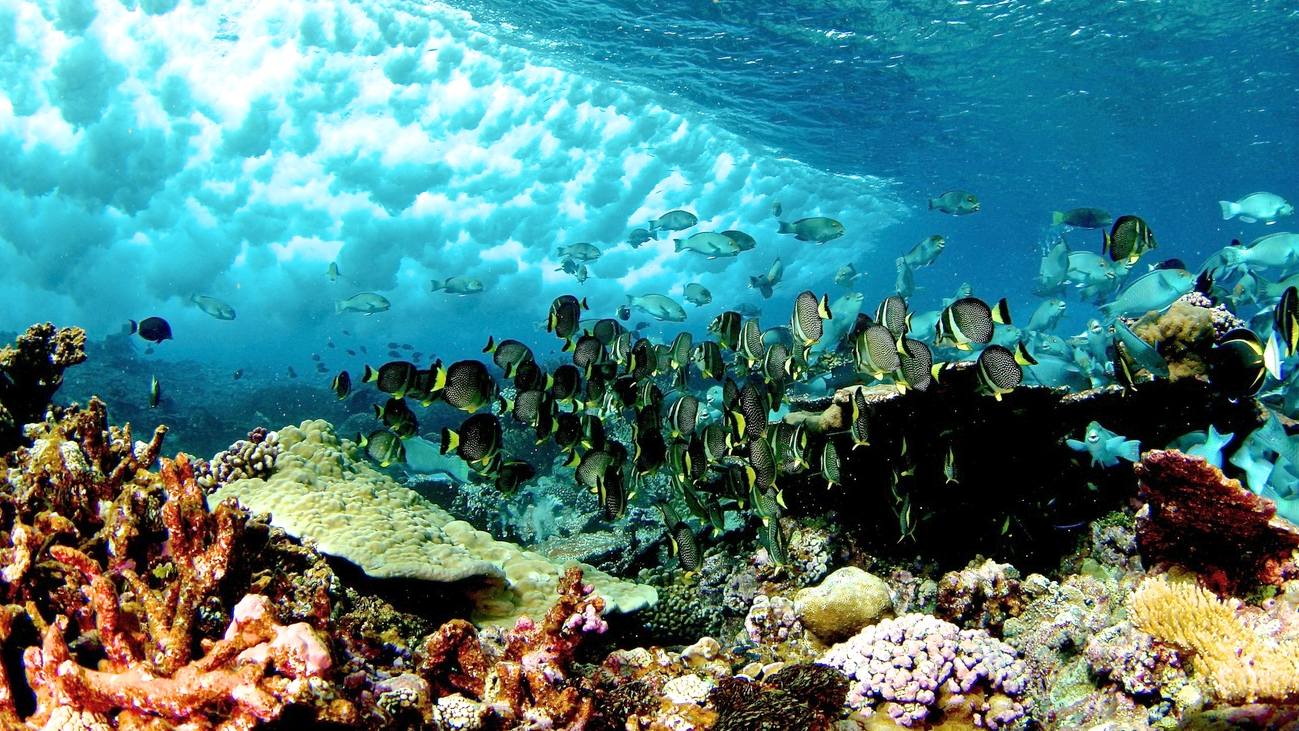|
COP 4 BIOLOGICAL DIVERSITY 1998 PLEASE USE OUR A-Z INDEX TO NAVIGATE THIS SITE
COP4, the fourth ordinary meeting of the parties to the convention took place in May 1998, in Bratislava, Slovakia.
Based on the SBSTTA recommendations, COP 4 adopted decision IV/5 on the conservation and sustainable use of marine and coastal biological diversity.
Its annex contains the programme of work arising from decision II/10. Sections II and II also specifically address the issue of coral bleaching and related biodiversity loss, and the special needs and considerations of small island developing States in implementation of the work programme.
It has also urged Parties, countries, relevant organizations and donor agencies to contribute to the implementation of specific elements of the work programme.
SUBSIDIARY BODY ON SCIENTIFIC TECHNICAL AND TECHNOLOGICAL ADVICE
The third meeting of the SBSTTA took place in Montreal, Canada, between 1 - 5 September 1997 several months ahead of the Conference of the Parties in 1998.
PARTIES TO THE CONVENTION
As of 2016, the Convention on Biological Diversification had 196 parties, which includes 195 states and the European Union. All UN member states - with the exception of the United States - have ratified the treaty.
The United Nations is the link between other Conferences of the Parties to include Climate Change and Desertification. It is a bit confusing to have so many different conferences that deal with interconnected issues. In addition, each member state will have their own meetings on the subject to decide what their position will be at the COPs. We wonder then at the size of the carbon footprints so generated in relation to the effectiveness of the decisions - that at the moment do not appear to be working to stabilize our climate, stop deserts from being created, or protect the habitats of our species.
CONFERENCES OF THE PARTIES
The convention's governing body is the Conference of the Parties (COP), consisting of all governments (and regional economic integration organizations) that have ratified the treaty. This ultimate authority reviews progress under the Convention, identifies new priorities, and sets work plans for members.
(a) review of progress in implementation; (b) strategic actions to enhance implementation; (c) strengthening means of implementation; and (d) operations of the convention and the Protocols.
National Reports
MARINE & COASTAL BIODIVERSITY
There is broad recognition that the seas face unprecedented human-induced threats from industries such as fishing and transportation, the effects of waste disposal, excess nutrients from agricultural runoff, and the introduction of exotic species.
If we fail to understand both the vulnerability and resilience of the living sea, the relatively brief history of the human species will face a tragic destiny.
What's the Problem?
CONTACTS
Cristiana Pașca Palmer Secretariat of the Convention on Biological Diversity
BIODIVERSITY COP HISTORY
CLIMATE CHANGE UN COP HISTORY
DESERTIFICATION COP HISTORY
CONSERVATION RISK - Plastic has accumulated in five ocean hot spots called gyres, see here in this world map derived from information published by 5 Gyres. The plastic is laden with toxins that fish and marine mammals mistake for food and eat - eventually killing them. Marine pollution is thus a major challenge if we are to ensure that species are not wiped out.
LINKS & REFERENCE
https://www.cbd.int/meetings/SBSTTA-01 https://worldoceanreview.com/en/wor-1/marine-ecosystem/biodiversity/ https://www.cbd.int/executive-secretary/ https://www.cbd.int/marine/
This website is provided on a free basis as a public information service. copyright © Cleaner Oceans Foundation Ltd (COFL) (Company No: 4674774) 2019. Solar Studios, BN271RF, United Kingdom. COFL is a company without share capital.
|



